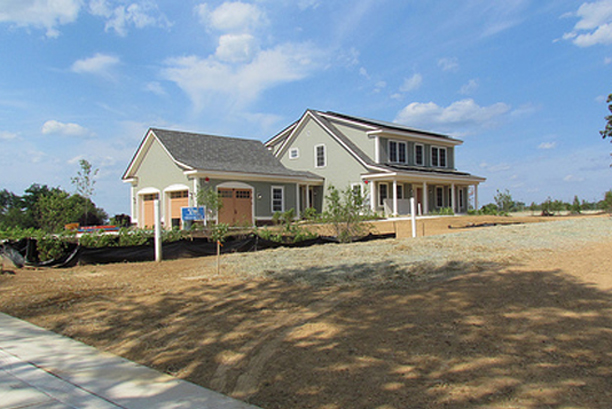
Image Credit: NIST
An experimental four-bedroom house 20 miles north of Washington, D.C., was a net-producer of electricity halfway through its first year of operation, producing a surplus of 328 kilowatt hours of power.
Built on the campus of the National Institute of Standards and Technology (NIST), the house is occupied not by people but by an electronic version of a family that researchers have nicknamed the “Nisters.” Equipment inside the building mimics the habits of a family of four (two working parents and children 8 and 14 years old), including bathing, cooking, doing the laundry, and playing video games.
The 2,700-square-foot house — described in a blog by Allison Bailes and a GBA news article by Richard Defendorf — is in reality a laboratory designed to test materials and systems that advance energy efficiency. It’s equipped with photovoltaic panels, a solar hot-water system, and hundreds of sensors that monitor energy consumption.
From July, when the first net-zero energy test year began, through October, the house was generating a surplus of electricity every month, the NIST website reported. In November and December, production had dipped into the red but at the six-month mark, it remained on the plus side of the ledger.
NIST doesn’t post real-time energy data, but you can read monthly summaries of energy use, usually about 60 days after the month has ended, at the NIST web page devoted to the project.
Weekly Newsletter
Get building science and energy efficiency advice, plus special offers, in your inbox.





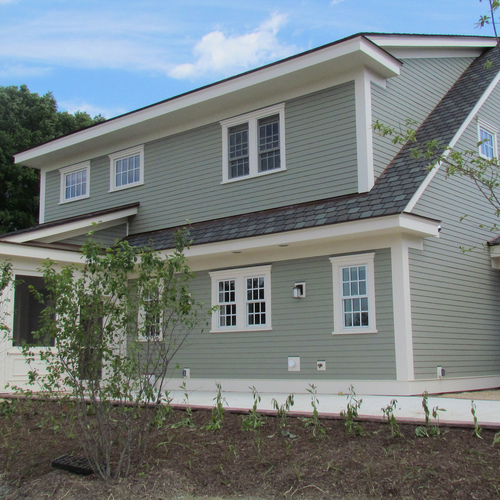
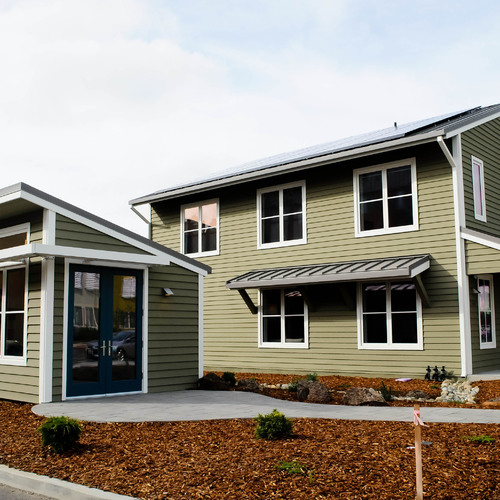
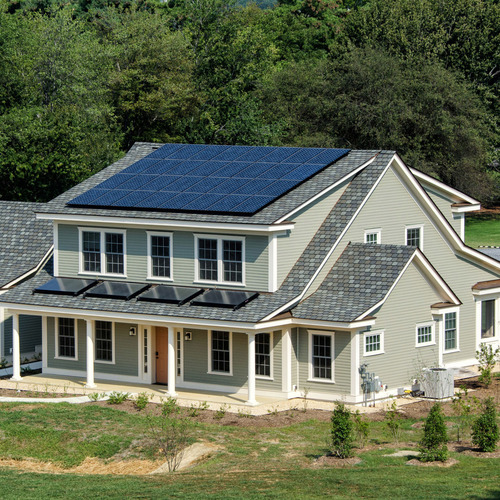
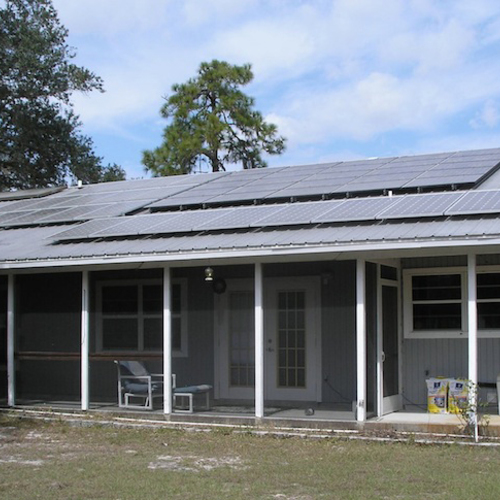






2 Comments
Simulated families...
...are a lot more consistent & repeatable than those other kind, and always behave the way the home/family model expects. ( Now if we could only get those OTHER families to consistently behave as-modeled! :-) )
yeah
I just wonder if they've accounted for the additional energy load of the birthday parties, slumber parties, Christmas/Hanukkah/New Years/ Easter/ Parent's visiting & staying over, the electric leaf blower, power washer, the shop vac, the electric lawnmower, and all those other "typical family things" that make up the normal life in mid-Atlantic suburbia. Not like PHPP accounts for it either. At least the NIST house has a good sized gshp system.
Log in or create an account to post a comment.
Sign up Log in